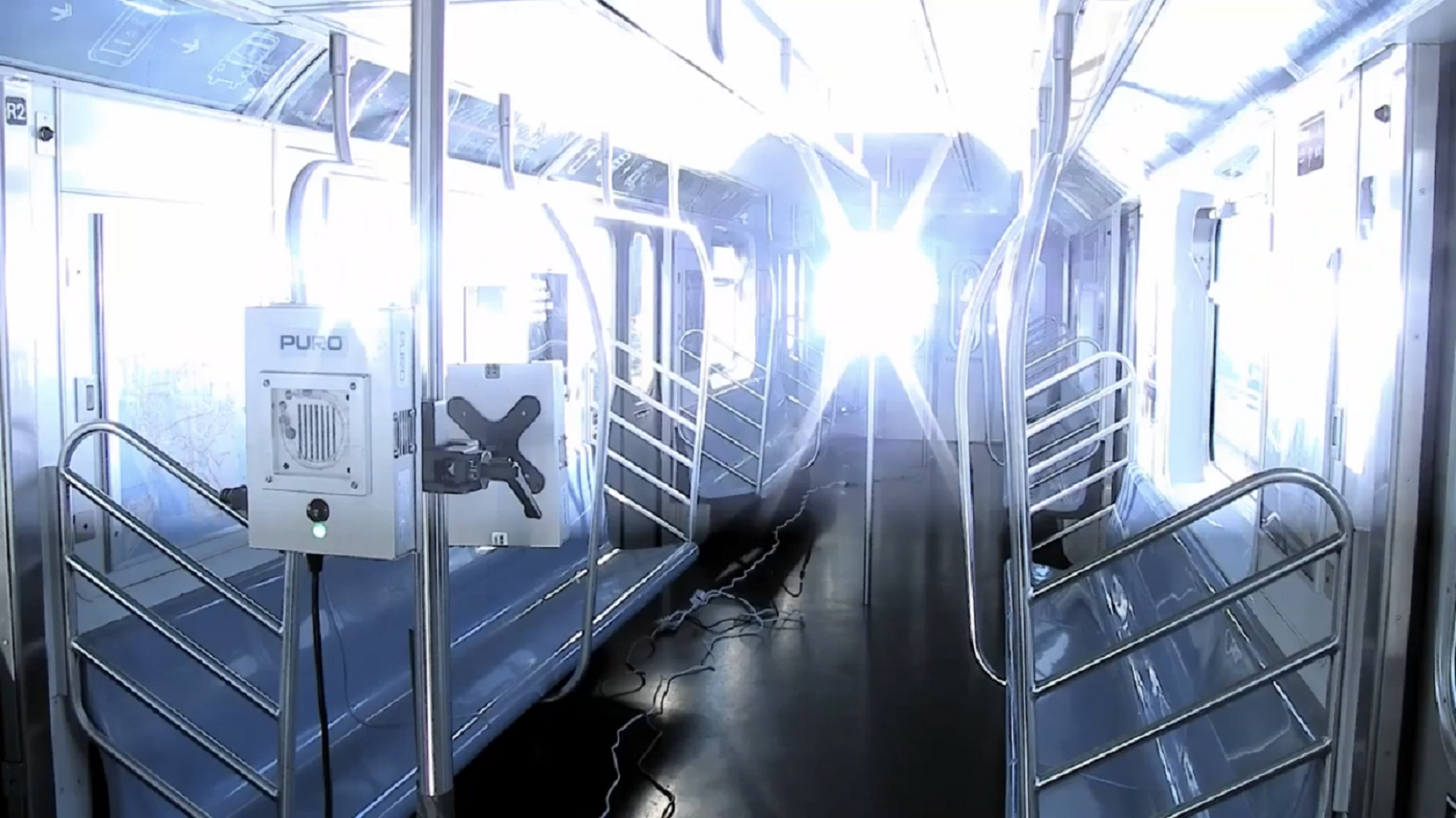A year or so ago a major waste company placed 12 street cleaners, wearing yellow hi viz coats in a busy out of town shopping complex and asked shoppers coming out how many they remembered seeing. The average the shoppers reported seeing was four. A month later they repeated the test with 12 workers in shocking pink hi viz coats. The average the shoppers reported seeing was nine.
A few weeks ago I happened to be home when an employee of my electricity supplier called to read the meter. I noticed that he was wearing full safety boots. After some questioning and examination I discovered that the boots he was wearing were a heavy 200j toecap, steel mid-sole boot with s3 oil and chemical resistance. According to the personal pedometer the man was carrying he reported walking 20+ miles per day.
In the first case over the passage of time we seem to have become ‘blind’ to both yellow and orange hi viz workware. Effectively it no longer actually works to draw our attention to the presence of an ‘at risk’ person.
In the second case the safety footwear was apparently “standard company issue,” effectively everybody gets “worst case scenario” PPE. Is this caused by fear of a claim if a lesser specification is issued, or a lack of basic understanding of when and how PPE needs to be prescribed and issued? Safety footwear has just become a given, whether it is actually needed or not.
Personally I would much rather endure the wolf whistles of wearing pink whilst working on the highway, knowing that my hi viz is fit-for-purpose and that I have been seen, compared to wearing a CE marked yellow hi viz and being killed by somebody who has become visually hi viz fatigued, failed to register that I’m there and at risk.
I’d also much rather take the risk (and potential injury) of stubbing my toe on the odd curb, but avoid the development of painful and debilitating tendinopathy and similar disorders in later life.
Is it time that we rethought our approach to PPE?
Source: Safety & Health Practitioner (UK) www.shponline.co.uk








